For Jonathan Olivares, an industrial designer by trade, design publications have become a familiar outlet and play an important role in his practice. Olivares completed his first book A Taxonomy of Office Chairs at the behest of Knoll Design Director Benjamin Pardo, who was looking for literature chronicling developments in office chairs. Olivares worked for two years to detail major technical contributions to the humble, often overlooked commercial seat according to a taxonomy of his own conception.
The four hundred illustrations that Olivares drew for the book strengthened his sense of proportion and aided the development of the Olivares Aluminum Chair, which he designed for the Knoll’s outdoor collection. He followed up his debut publishing effort with Source Material—a collaborative project with Jasper Morrison and Marco Velardi—which looked at objects and keepsakes that inspire creative minds across a range of industries. Olivares shows no sign of slowing down, as his practice continues to garner more work, recognition and acclaim.
On occasion of the upcoming publication of his latest book Richard Sapper Edited by Jonathan Olivares, which is slated for release on June 27, 2016, Olivares has contributed a short essay to Knoll Inspiration, reproduced below. In it, Olivares considers the importance of publications by practitioners of creative fields, the nature of artistic collaboration and the real importance of Richard Sapper’s work.
Some of the Thinking Behind Richard Sapper Edited by Jonathan Olivares
By Jonathan Olivares
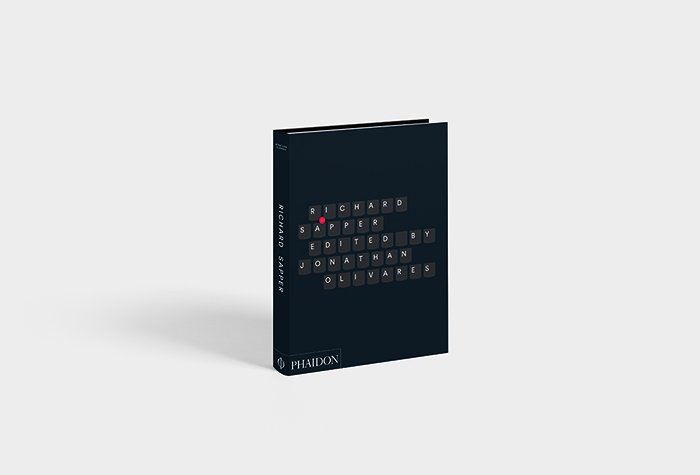
Richard Sapper Edited by Jonathan Olivares published by Phaidon, 2016. Image courtesy of Phaidon.
“The most important reference for the book that Richard and I completed together was the book Hitchcock/Truffaut by the film directors Alfred Hitchcock and François Truffaut.”
—Jonathan Olivares
Industrial designers who take up the endeavor of writing about design are few, but this is not the case in other fields, such as architecture, art or film making, where there is no shortage of good texts by practitioners. My favorite books on these subjects have been written by architects, artists and film makers; Thinking Architecture by Peter Zumthor, Gerhard Richter Writings 1961-2007 by Gerhard Richter and Hans Ulrich Obrist, and Herzog on Herzog by Werner Herzog and Paul Cronin are just a few examples. These books illuminate the inner workings of the vocations they explore. They are books, but more importantly they are works of architecture, art and film respectively.
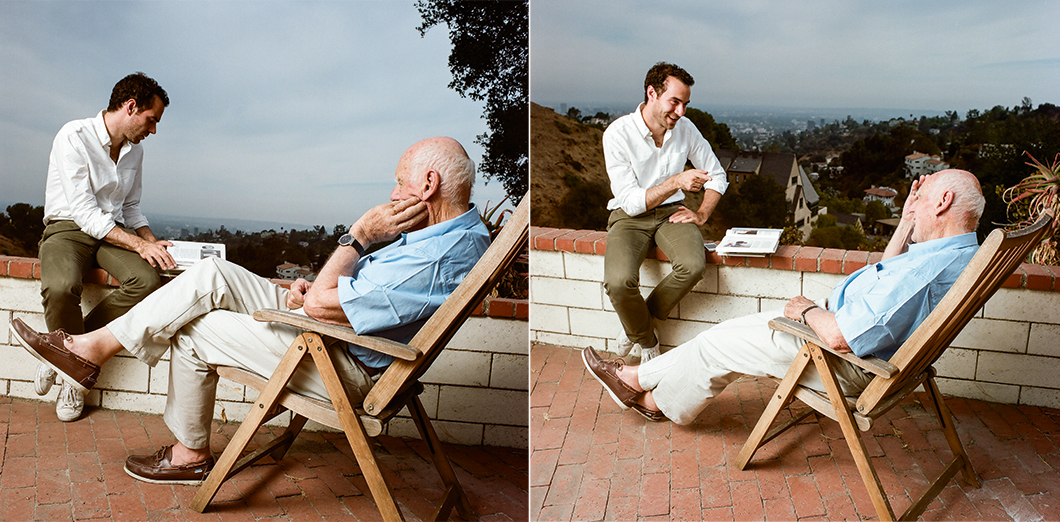
“Domestic Contours” photo essay in Richard Sapper Edited by Jonathan Olivares. Photography by Ramak Fazel. Image courtesy of Phaidon.
In the first decade of my practice as a designer I have worked on a number of design related publications, and this is something I had in common with Richard Sapper, who authored several essays about design throughout his own career. Perhaps this owes something to the fact that we both studied philosophy before our interests led us to the field of design, or simply we both had ideas that couldn’t be expressed in the three-dimensional medium we chose to practice. And so when Richard and I decided to investigate the tools and methods that he had developed throughout his career, the long-form conversation was the format of choice.
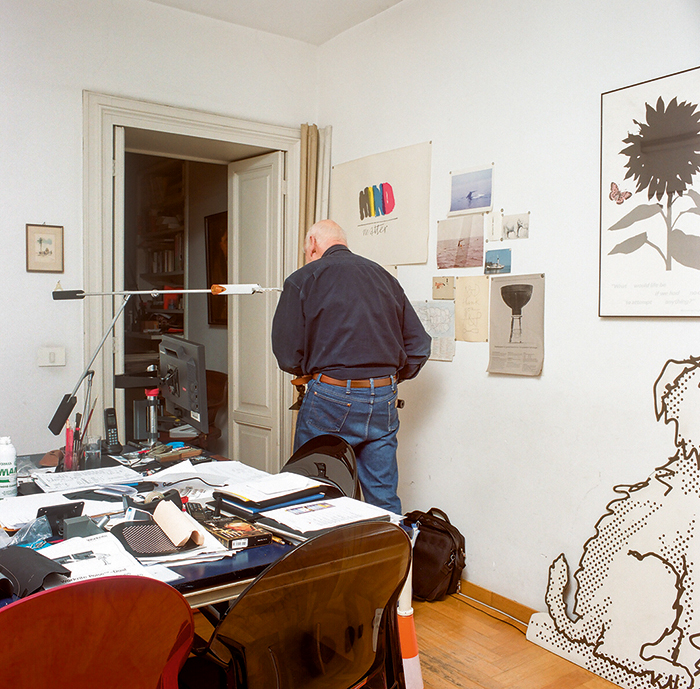
“I feel that there is a discrepancy between the perception of his work and the true significance of it.”
—Jonathan Olivares
“Domestic Contours” photo essay in Richard Sapper Edited by Jonathan Olivares. Photography by Ramak Fazel. Image courtesy of Phaidon.
The most important reference for the book that Richard and I completed together was the book Hitchcock/Truffaut by the film directors Alfred Hitchcock and François Truffaut. In it, the two directors sat down with a recorder and discussed the entirety of Hitchcock’s career in fifty-hours of conversation. In 1962 when this conversation took place, Hitchcock’s films were often dismissed by American critics as lacking substance. Yet Truffaut believed that Hitchcock’s films were complex works of layered emotions and technical mastery, which created powerful metaphors for film-making itself. The book that they published helped reshape the critical discourse around Hitchcock, and has provided a lasting and definitive study of Hitchcock’s work.
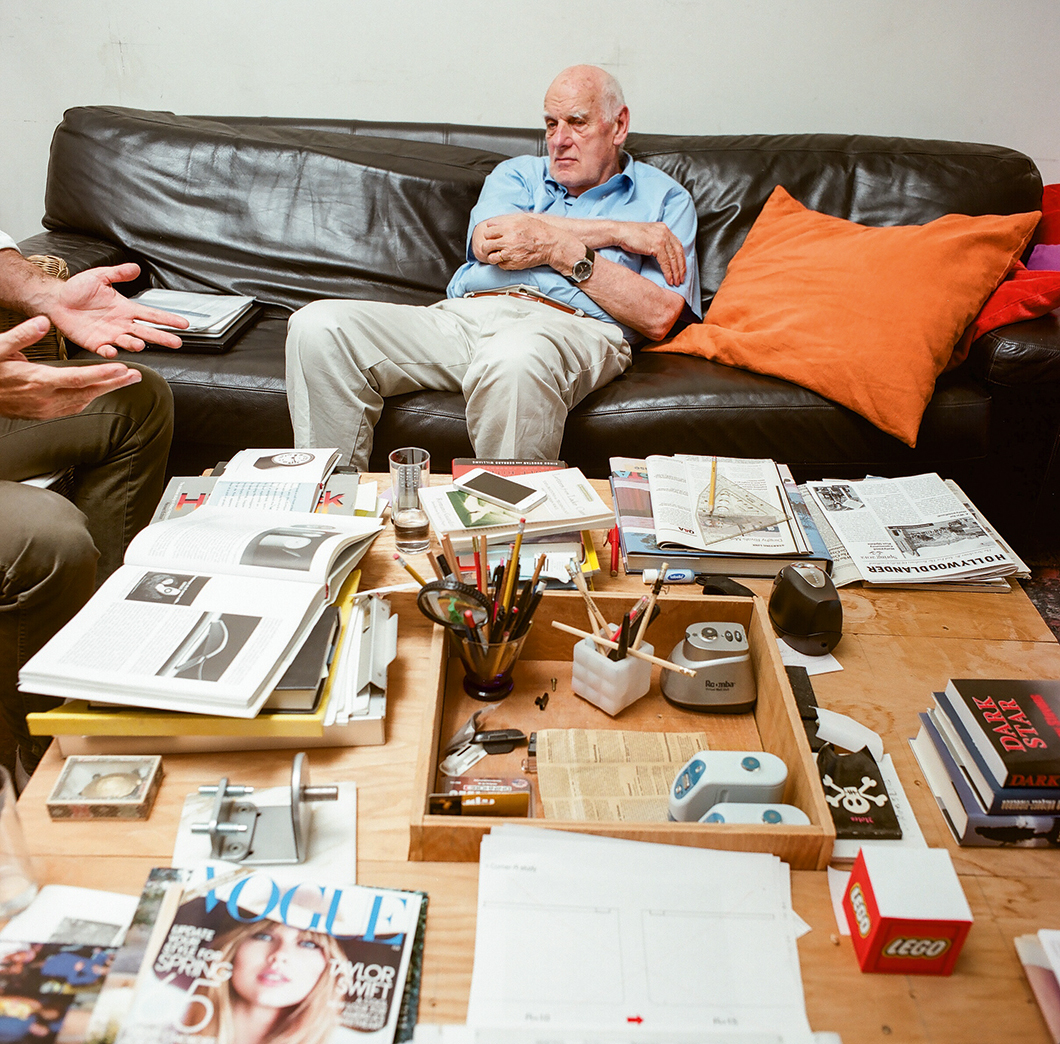
“Domestic Contours” photo essay in Richard Sapper Edited by Jonathan Olivares. Photography by Ramak Fazel. Image courtesy of Phaidon.
While Richard’s career has been the subject of great interest and celebration, I often encounter design students who have never heard of him, and when discussing his work with colleagues I feel that there is a discrepancy between the perception of his work and the true significance of it. Richard is often described as a “minimalist” who employed “wit,” and is swept into the same clean modernist camp as Dieter Rams. But the most compelling aspects of Richard’s work—his ability to work across physical scales, his engagement of both craft and industry, his use of poetry, humor and surprise, his embracing of historical form, and his love of movement—are often missing from the discussion around it. I felt compelled to investigate these themes with Richard, and so we initiated our own fifty-hour conversation, where we revealed and studied his complex and singular approach to design.

“One of Richard’s most valuable techniques was his inability to separate pleasure from work.”
—Jonathan Olivares
“Domestic Contours” photo essay in Richard Sapper Edited by Jonathan Olivares. Photography by Ramak Fazel. Image courtesy of Phaidon.
One of Richard’s most valuable techniques was his inability to separate pleasure from work. He lived and practiced from his three homes in Milan, Lake Como and Los Angeles, which lent the products he designed a great deal of home-cooked warmth. His homes also served as the locations for countless meetings that he hosted with clients, who very often became his close friends. To convey these environments, and their significance within Richard’s practice, we commissioned Ramak Fazel to photograph them. The resulting photo essay—“Domestic Contours”—was shot on a Rolleiflex TLR and captures Richard and the three settings vividly.
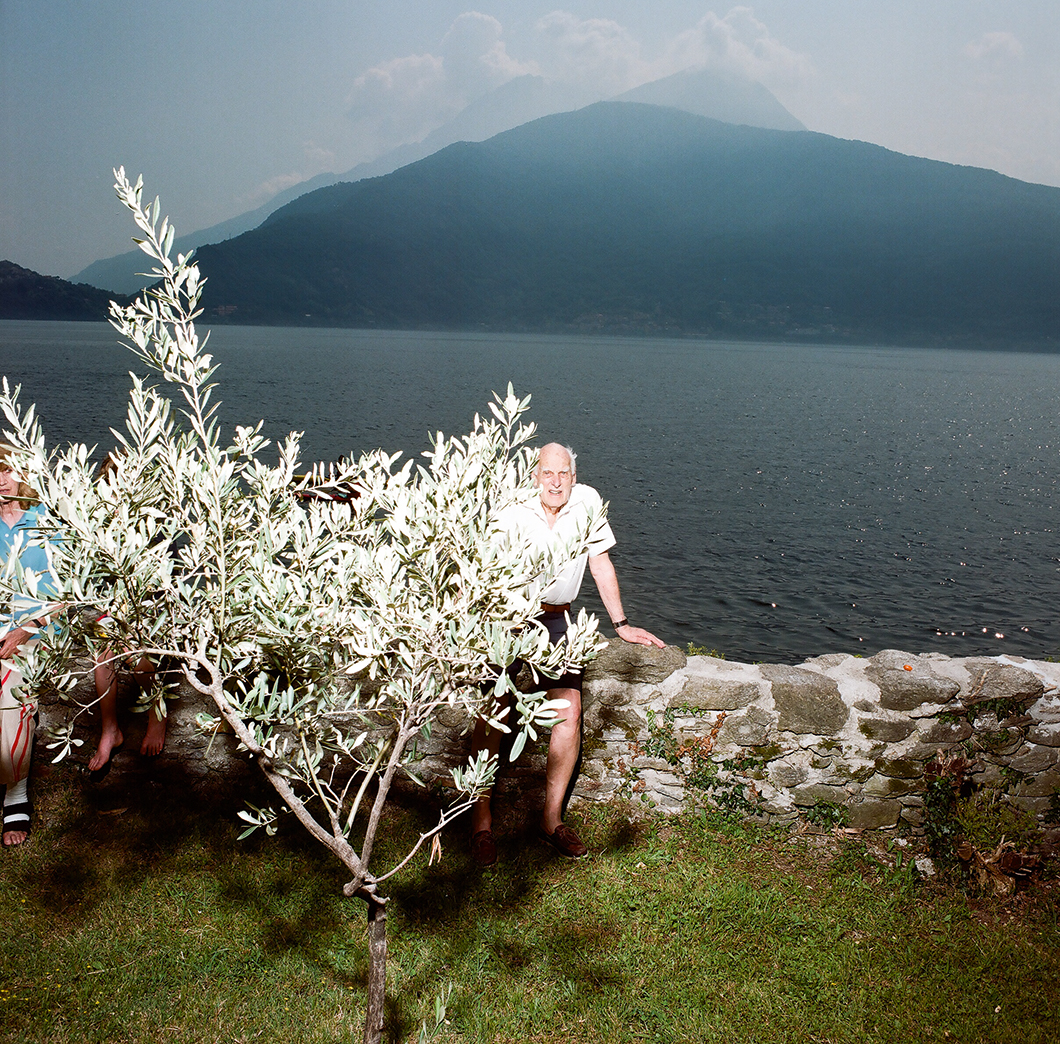
“Domestic Contours” photo essay in Richard Sapper Edited by Jonathan Olivares. Photography by Ramak Fazel. Image courtesy of Phaidon.
So while our book is in fact a book, it is important to note that it is a book done by two industrial designers and a photographer, and that it should be considered a work of design with the following aim: to explore the varying conditions, motives and histories that surrounded and stimulated Richard’s process, and to extract from all of this a set of tools that are relevant for the practice of design today.
All images by Ramak Fazel and are courtesy of Jonathan Olivares and Phaidon unless otherwise noted.

























